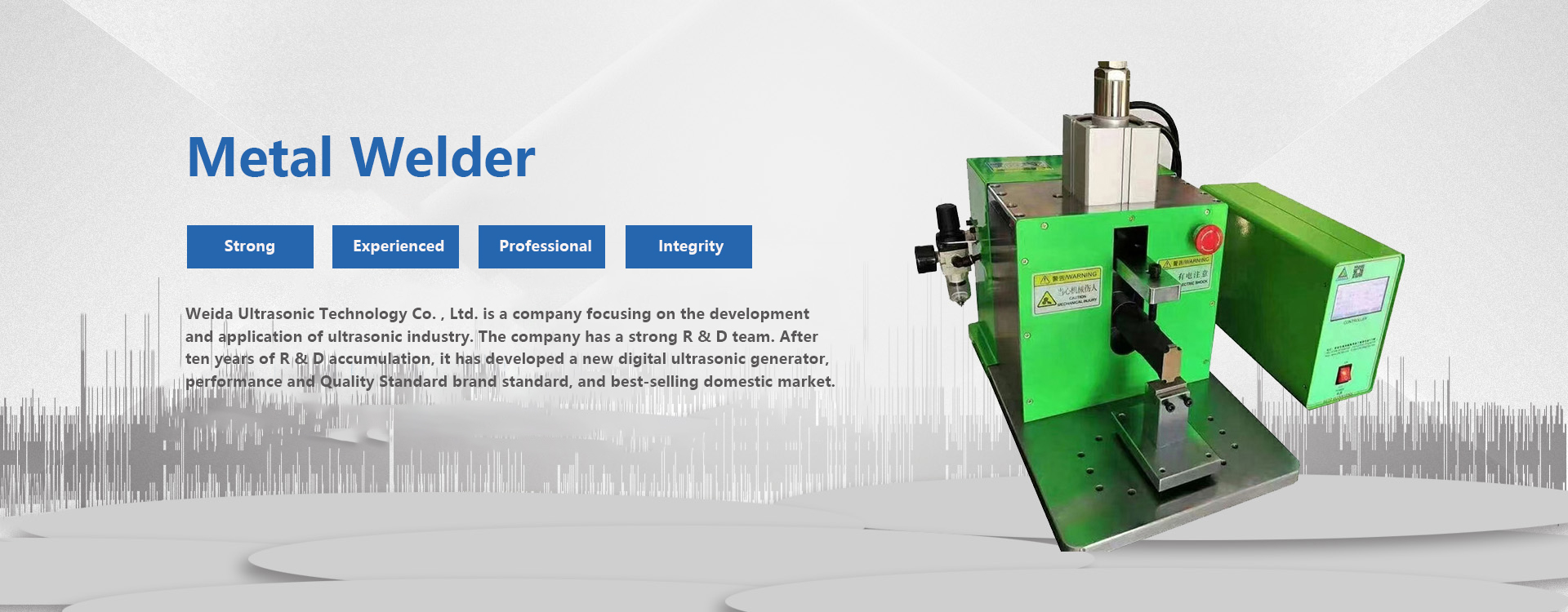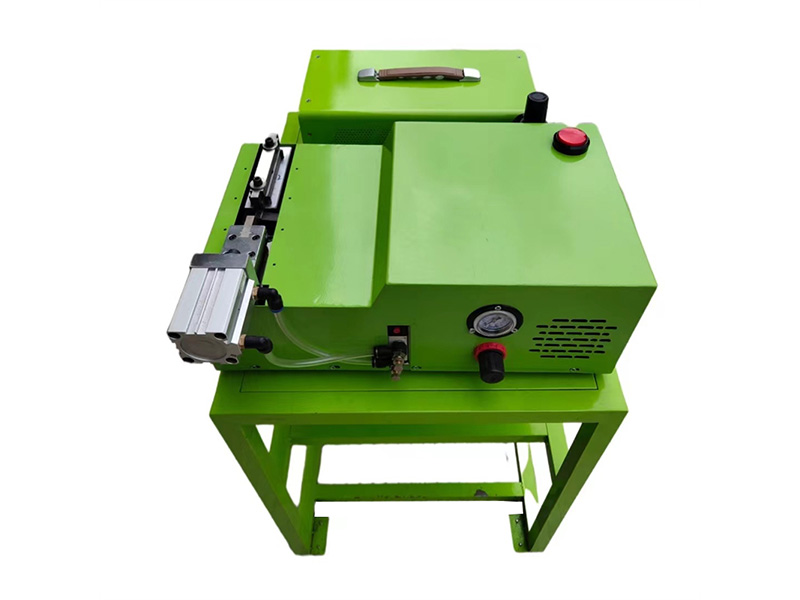There are several methods of wire harness pressure welding, such as diffusion welding, high frequency welding, cold pressure welding, ultrasonic welding and so on.
1, diffusion welding
A method of welding in which the weldment is tightly attached and held at a certain temperature and pressure for a certain period of time so that the atoms between the contact surfaces diffuse each other to form a joint. The main factors affecting diffusion welding process and joint quality are temperature pressure diffusion time and surface roughness. The higher the welding temperature, the faster the atoms diffuse. The welding temperature is usually 0.5 to 0.8 times the melting point of the data. Depending on the type of data and the quality of the joint, diffusion welding can be stopped under vacuum, maintenance gas or solvent, and vacuum diffusion welding is commonly used. In order to speed up the welding process, to reduce the roughness of the welded surface or to avoid the presence of harmful tissues in the joint, an intermediate layer with a specific composition is usually added between the welded surface, and the thickness is about 0.01 mm. Diffusion welding pressure is small, the workpiece does not produce macroscopic plastic deformation, suitable for unprocessed fine parts after welding. Diffusion welding can be separated from other thermal processing processes to form a combination process, such as heat dissipation-diffusion welding, powder sintering - diffusion welding and superplastic formation-diffusion welding. These combined processes can not only greatly improve consumption rates, but also solve problems that cannot be handled by a single process. For example, various titanium alloy parts on supersonic aircraft are diffusion-welded joints made by superplastic formation-diffusion welding. The joint performance is the same as the base material. It is especially suitable for welding dissimilar metal materials. Non-metal data such as graphite and ceramics, dispersion-strengthened superalloys, metal matrix composite data and porous sintering data. Diffusion welding has been widely used in reactor fuel assemblies. Honeycomb structure plates, electrostatic acceleration tubes, various blades, impellers, molds, manufacturing filter tubes and electronic components.
Diffusion welding is to contact the welding surface of the data to be welded under a certain temperature and pressure, and expand the physical contact of the surface to be welded through microscopic plastic deformation or trace liquid phase generated by the welding surface, so that the interval is extended (1~5) x in the range of 10-8cm (so that the absorption force between atoms plays a role, can form a metal bond). Then for a long time the atoms from time to time diffuse and impregnate each other to complete the metallurgical separation method.
Automotive harness pressure welding method - Yes
Obviously, with regard to ordinary wire harness welding, the cost of using diffusion welding is too high.
2, high frequency welding High frequency welding is based on solid resistance heat. The resistance heat generated by the high-frequency current in the workpiece during welding causes the surface of the workpiece welded zone to be heated to a molten or near plastic state, and then forging forces are applied (or not applied) to complete the metal welding. Therefore, it is a solid phase resistance welding method. According to the way the high frequency current generates heat in the workpiece, high frequency welding can be divided into contact high frequency welding and induction high frequency welding. When in contact with high-frequency welding, high-frequency current is transmitted to the workpiece through mechanical contact with the workpiece. In induction high frequency welding, the coupling of high frequency current through the external induction coil of the workpiece generates induction current in the workpiece. High-frequency welding is a special welding method, the demand depends on the special equipment of the product. High consumption rate and welding speed up to 30 m/min. It is mainly used for welding longitudinal joints or spiral joints when manufacturing pipes.
Obviously, with regard to small wiring harnesses, high-frequency welding is not appropriate.
3, cold pressure welding
When the pressure deformation, the workpiece contact the surface of the oxide film united and extruded, and can clean the welded joint. The pressure applied is usually higher than the yield strength of the data to produce 60 to 90 percent deformation. The pressurization method can be used to press slowly, to roll or exert an impact force, or to press several times to achieve the desired amount of deformation.
Cold welding welding does not require heating because it does not require heating. The equipment is simple. The main process parameters of welding are determined by the size of the mold, so it is easy to operate and automate. Stable welding quality, high consumption rate, low cost. Without flux, the joint will not cause corrosion. When the solder joint temperature does not rise in the welding process, the crystal state of the data is unchanged, especially suitable for welding some metal data and products that cannot be completed by dissimilar metals and hot welding. Cold welding has become one of the important limited welding methods in the electrical industry, aluminum industry and space welding.
The working surface of the cold welding machine and its mold may accumulate metal debris and must be cleaned regularly. Assuming compressed air, compressed air can be used to blow away debris. Assuming a good cleaning of debris, please remove the mold from the welding machine, disassemble the four modules of the mold, and carefully clean each module with a magnifying glass to ensure that all debris on the surface of the module is removed. Attention must be paid to the removal of the mold, especially the small spring is easy to lose. Assuming that the mold appearance is not clean, it will cause the wire to slide easily in the mold, resulting in welding failure. Please note that grease is not allowed on the working surface of the repaired mold.
Cold pressure welding requires simple equipment, simple process and good working conditions. However, the pressure required for cold welding is large, and the equipment is large when welding large-section workpieces. There are deep pits on the surface of the workpiece after lap welding, which limits its application range to a certain level. We usually can understand the advantages of ultrasonic welding harness without introduction, so cold pressure welding is not the ideal choice for wire harness welding.


 中文(简体)
中文(简体) 


 Wechat
Wechat